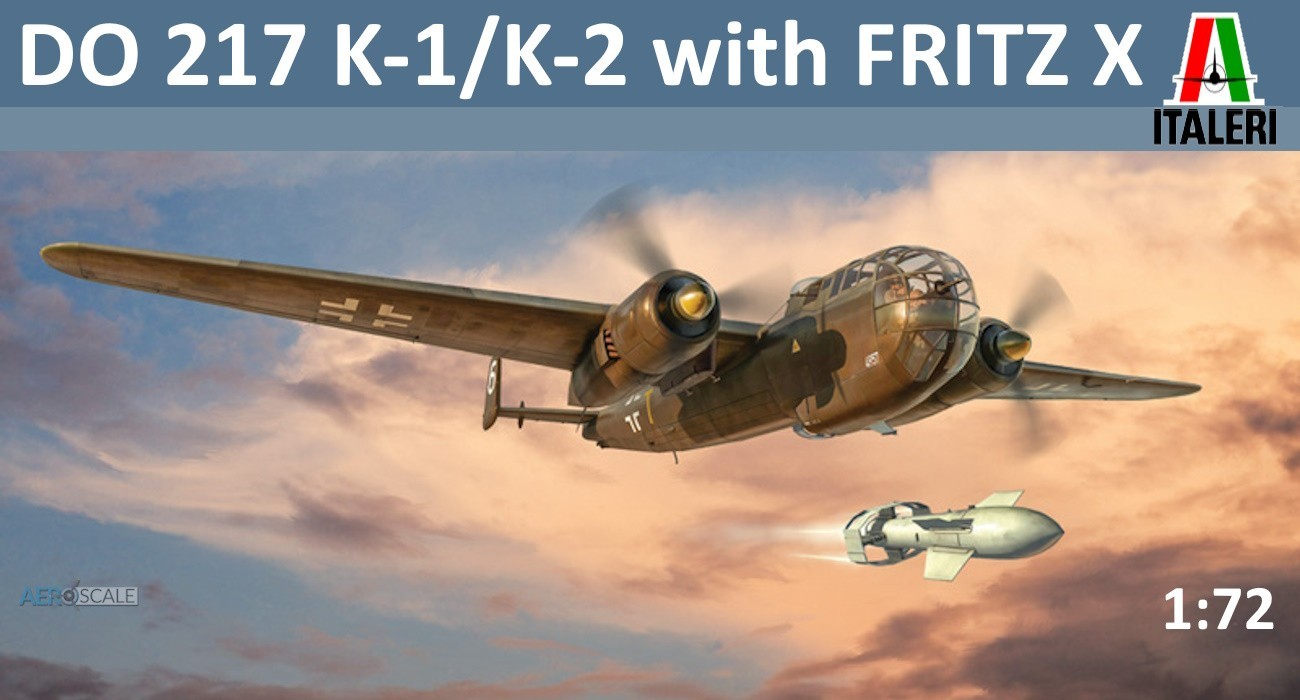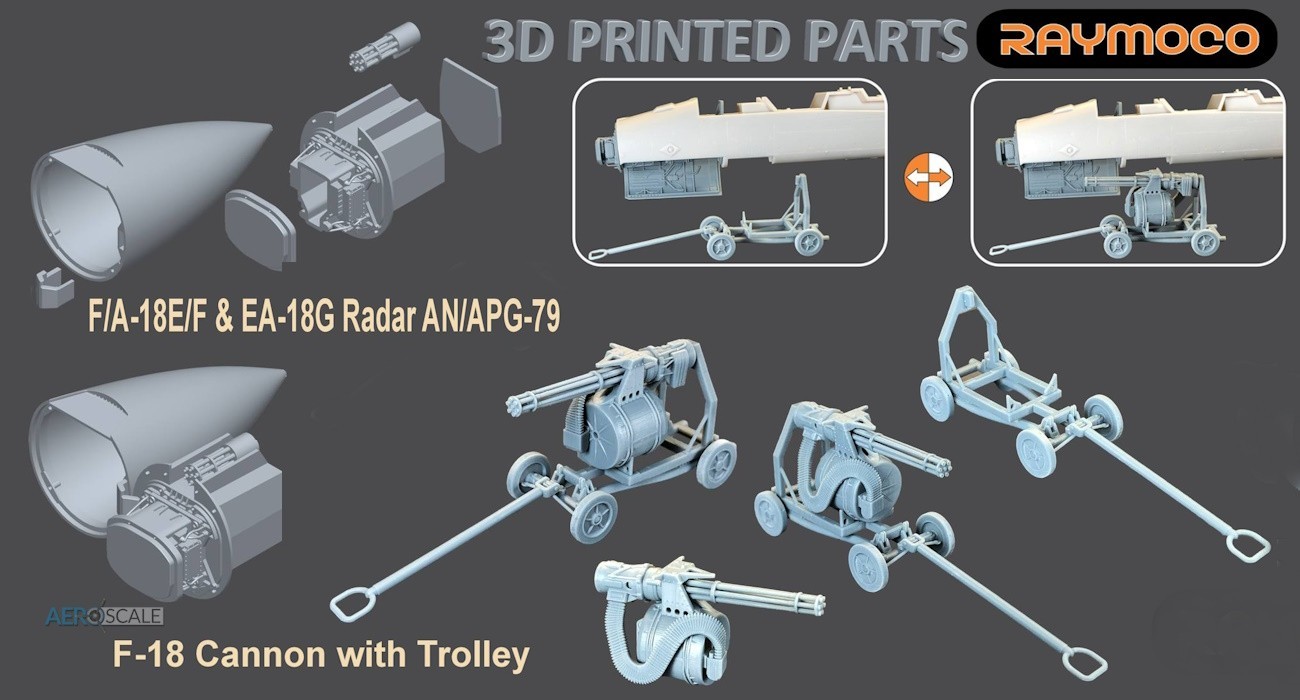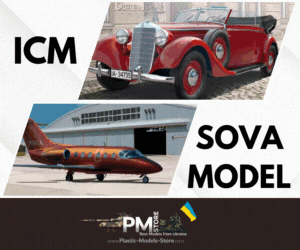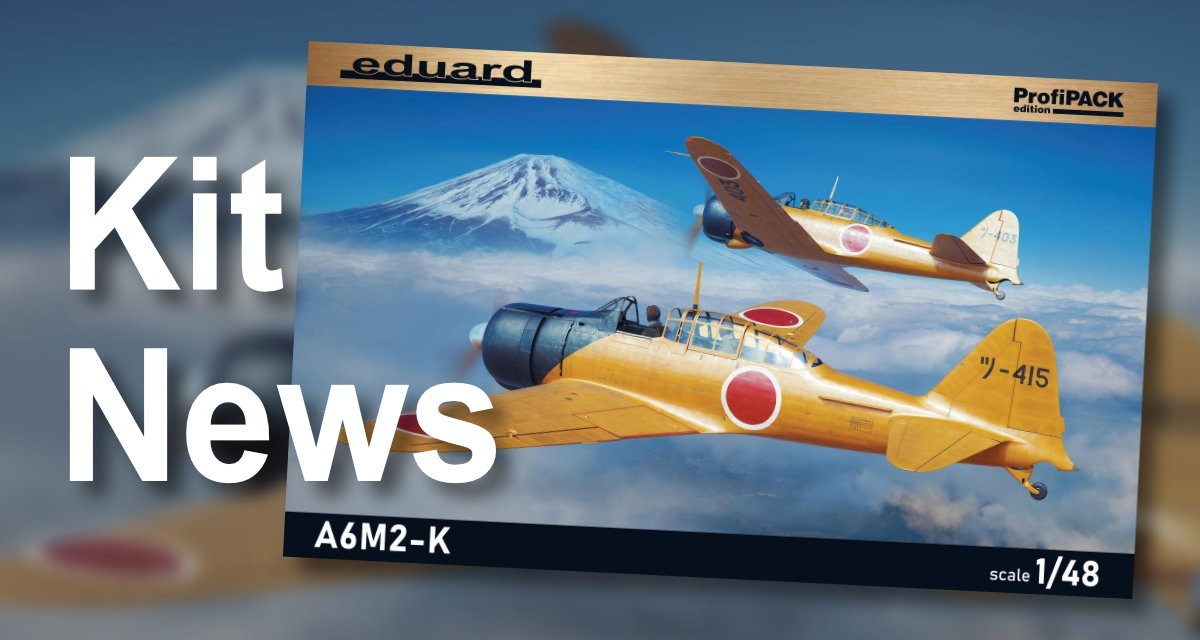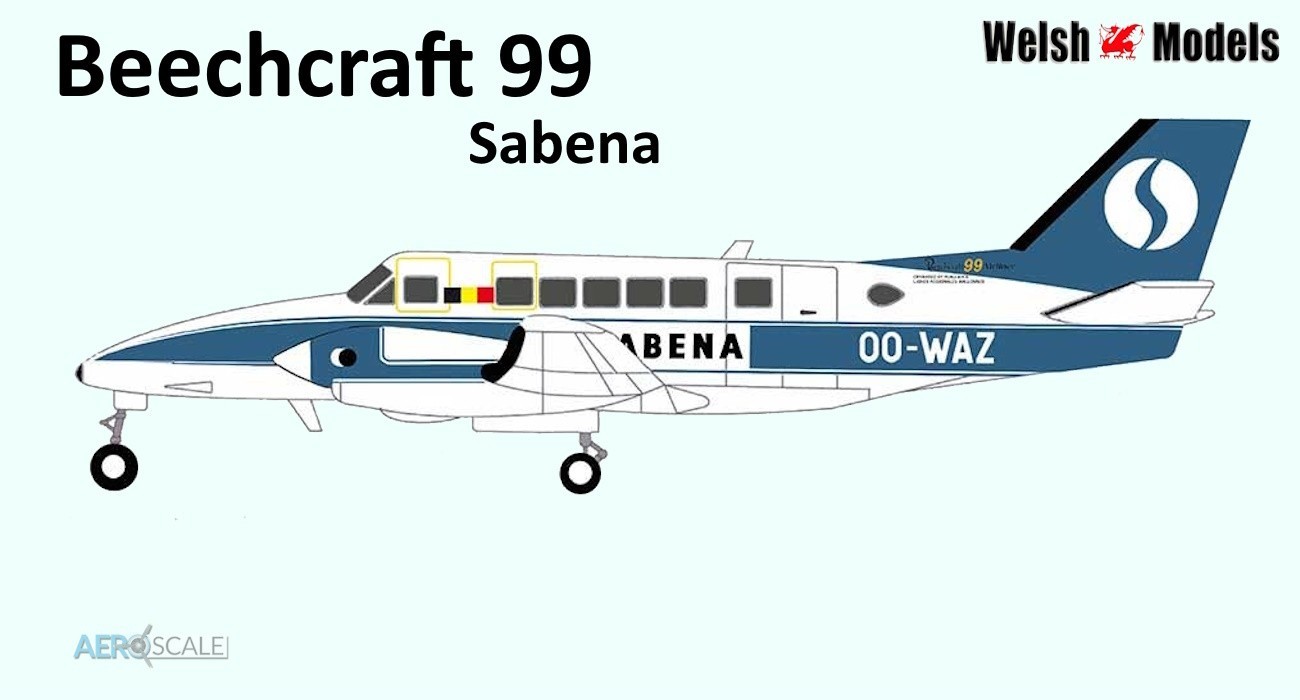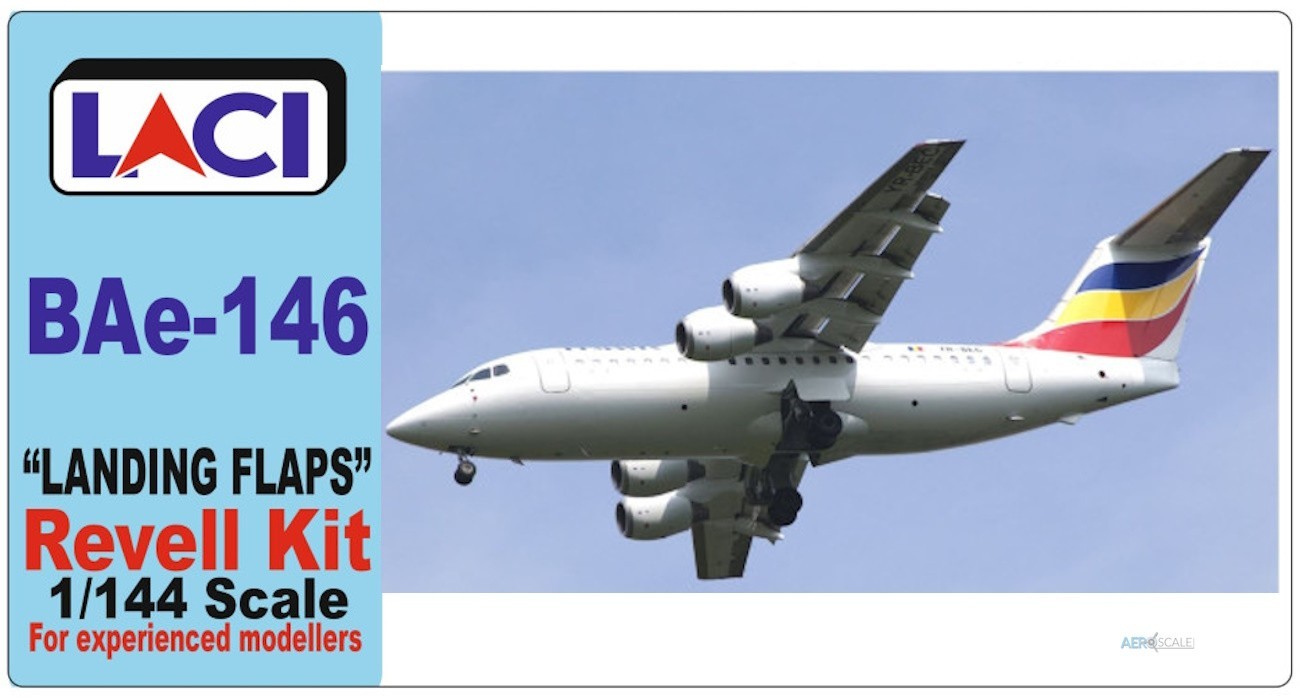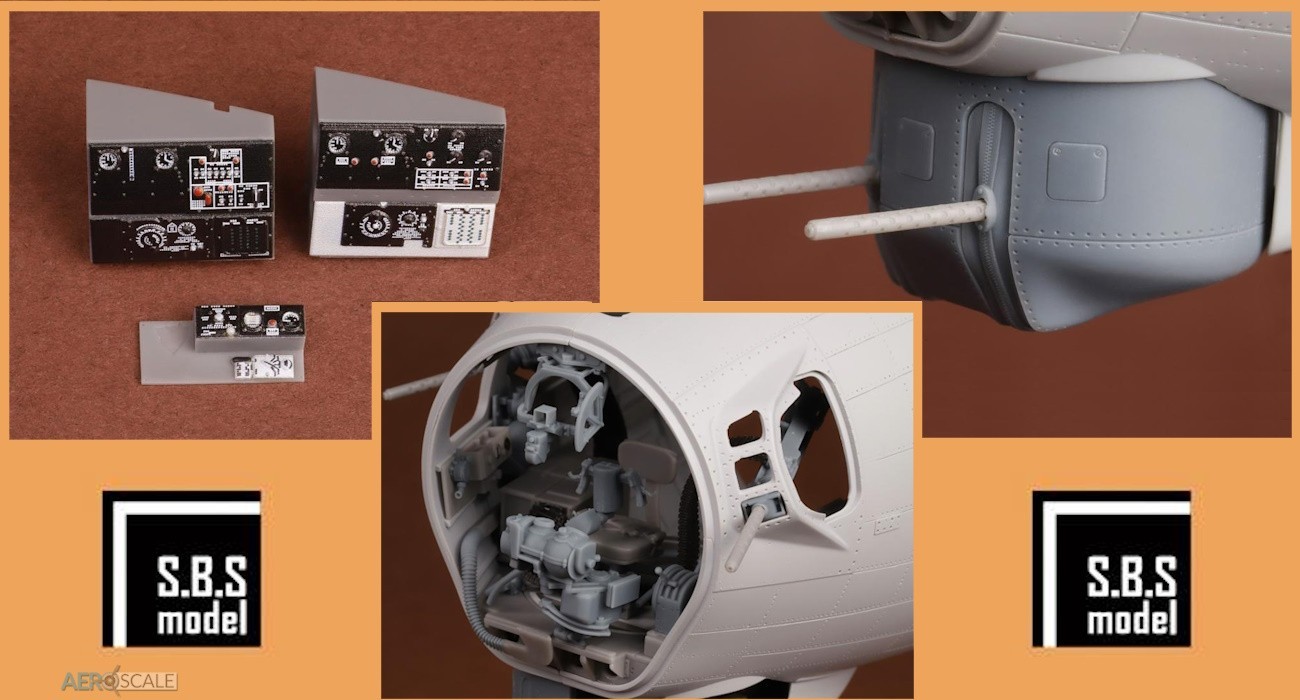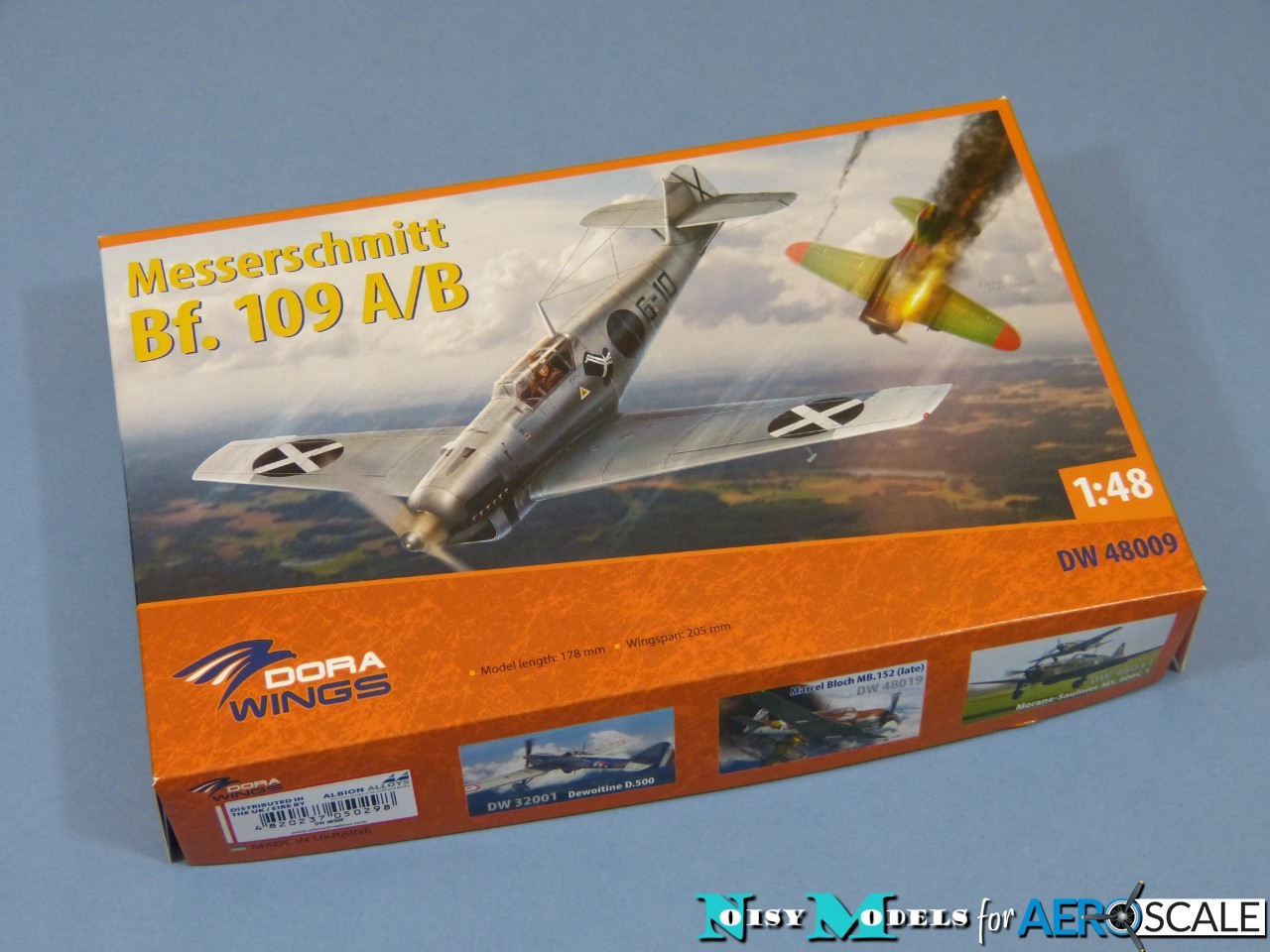
Background
While almost every mainstream kit manufacturer has a Messerschmitt Bf 109 in their range (often multiple kits), hardly surprisingly, it's almost always the wartime versions. So, the early Jumo-powered variants tend to get overlooked, which is a shame because they are equally interesting their own right and saw the type's introduction to combat during the Spanish Civil War.
Academy used to market the old Hobbycraft kits, but they don't seem to be available currently, and Classic Airframes have long since ceased trading, but browsing online recently, I spotted Dora Wings' 1:48 Bf 109A/B, derived from the AMG kit, with a few changes, such as the substitution of resin wheels for the original soft tyres.
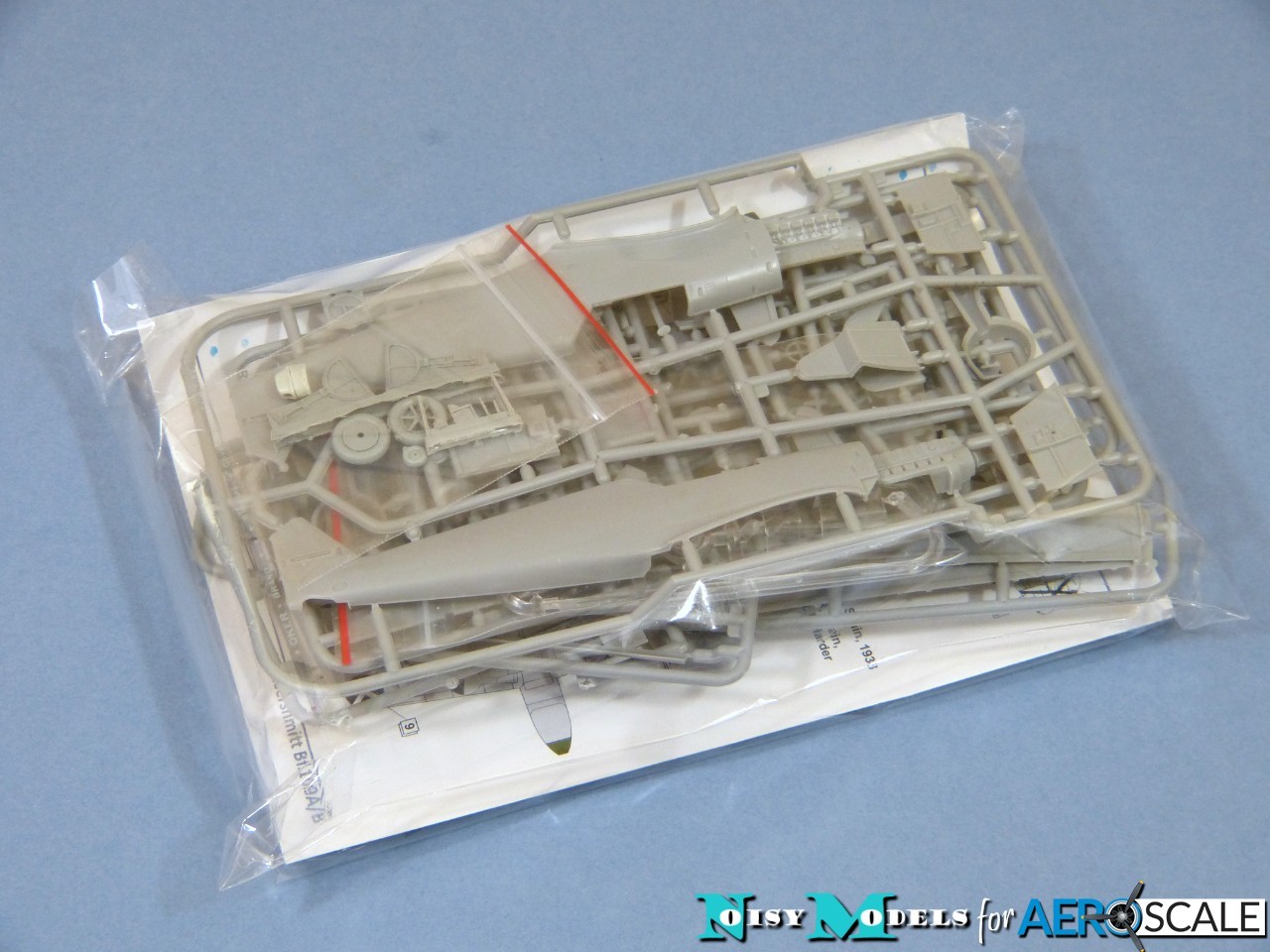
The kit arrives in an attractive box with the contents neatly bagged together, with the clear parts and accessories protected in their own bags. Everything arrived safe and sound in my kit, which comprises:
85 x pale grey styrene parts (plus 8 not needed)
5 x clear styrene parts
10 x resin parts
41 x photoetched brass parts
A sheet of printed clear film
Die-cut vinyl painting masks
Decals for 4 x colour schemes
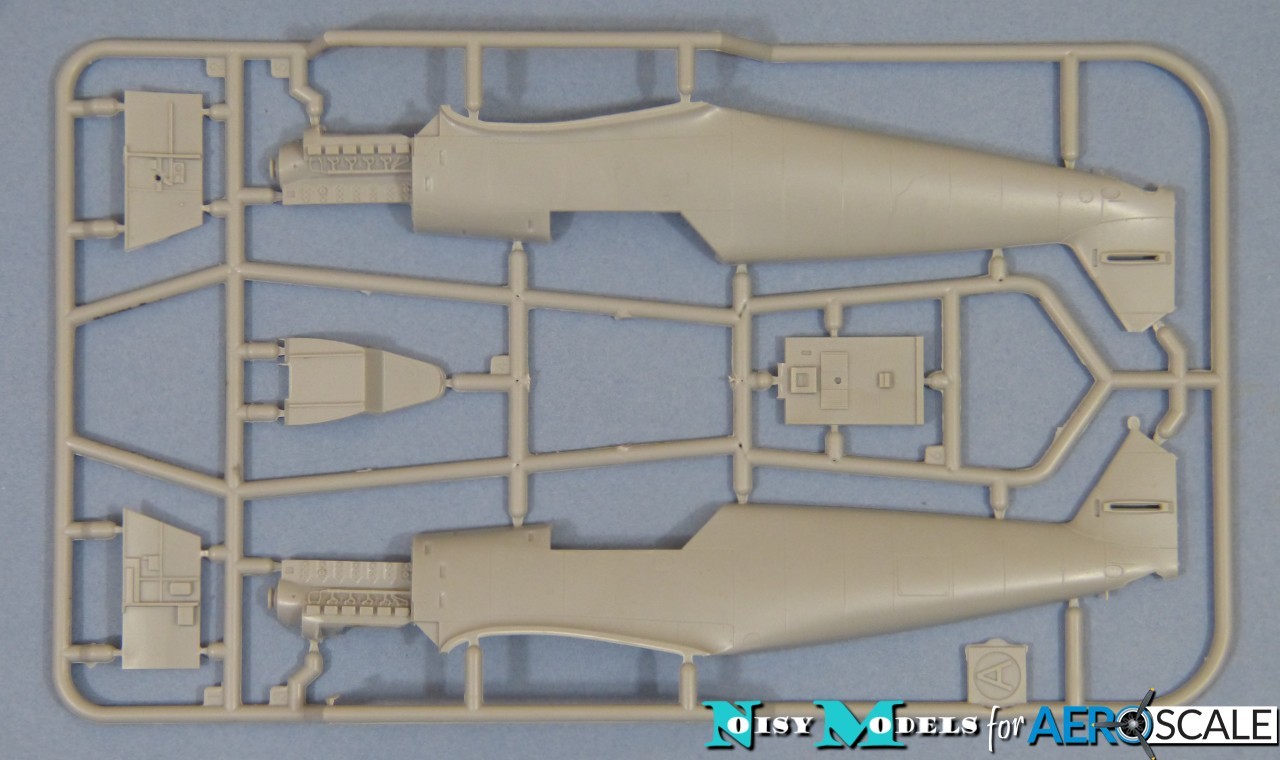
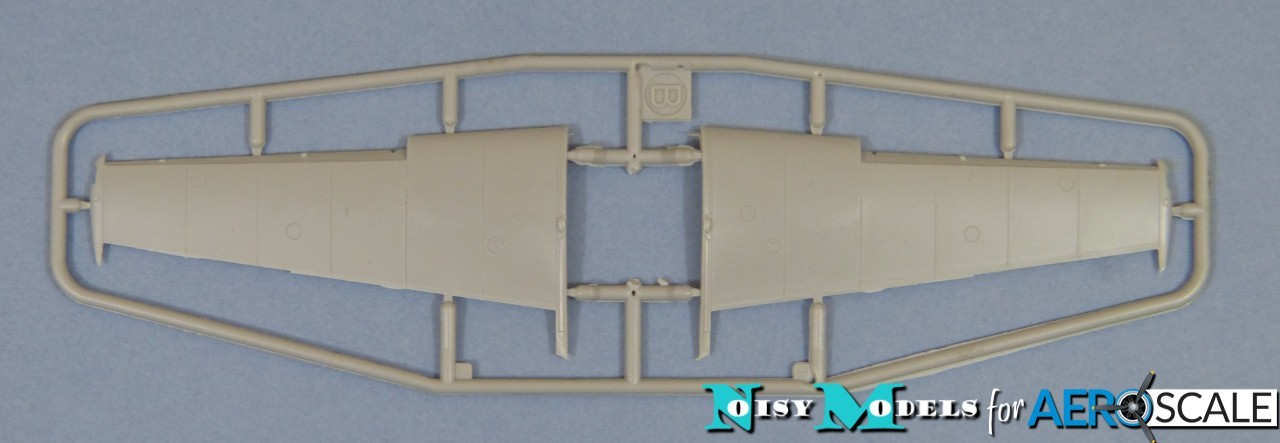
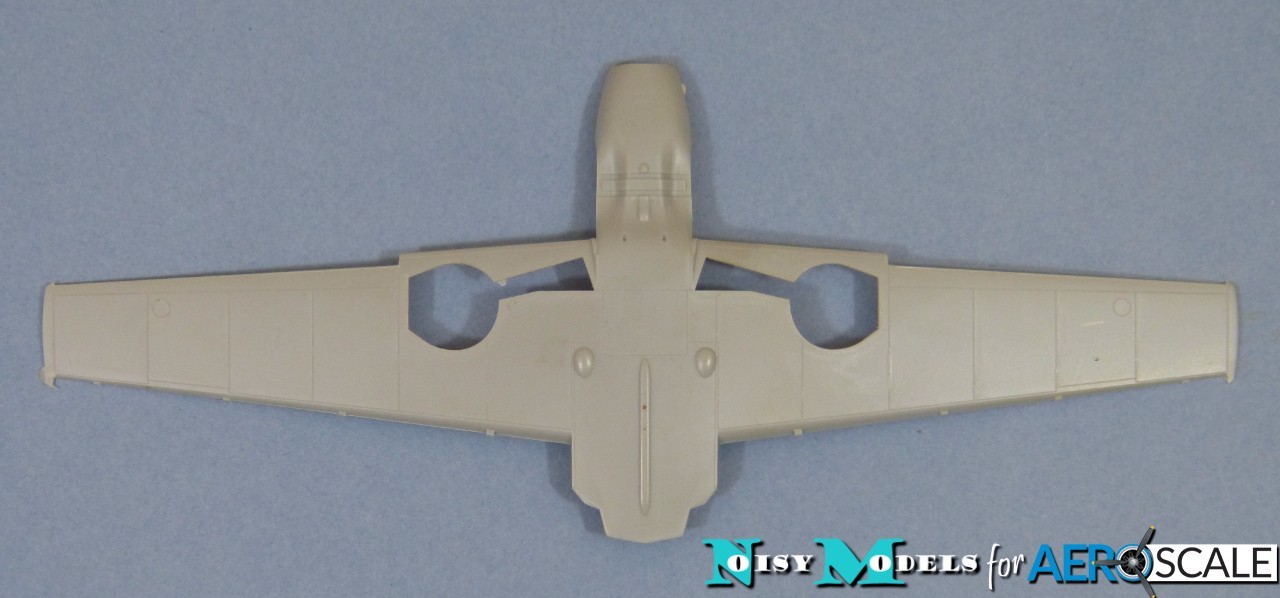

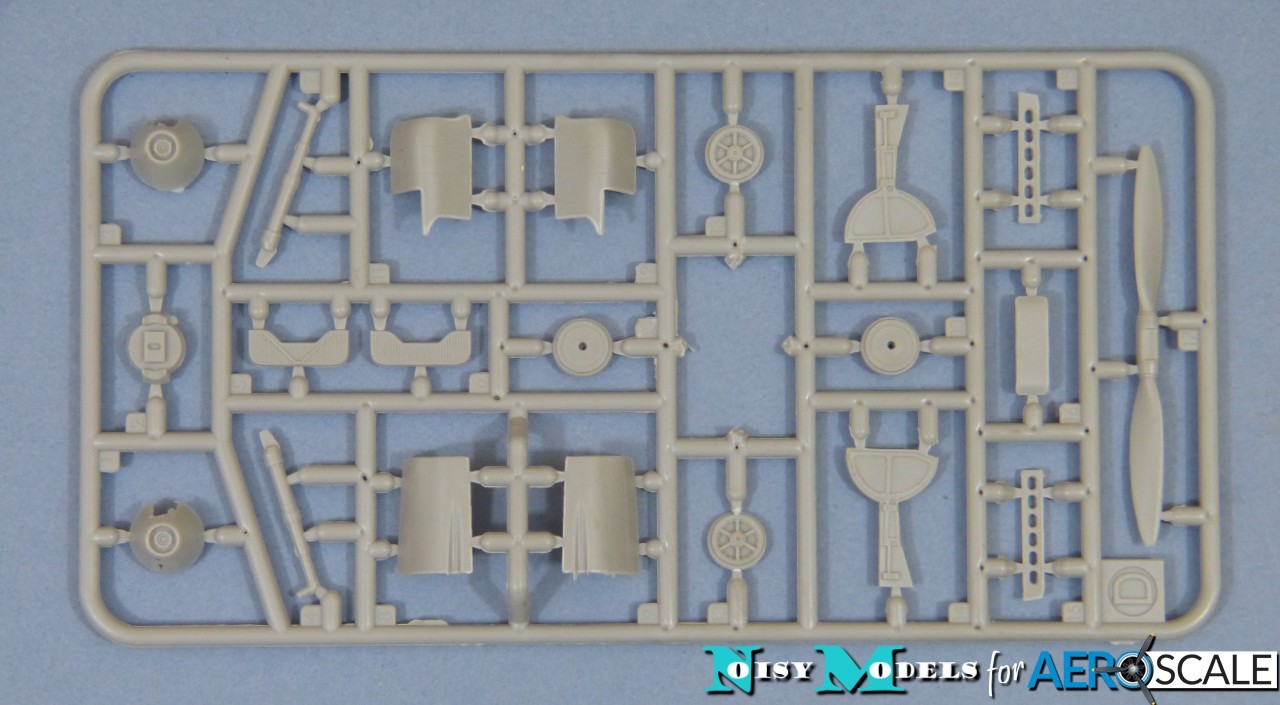


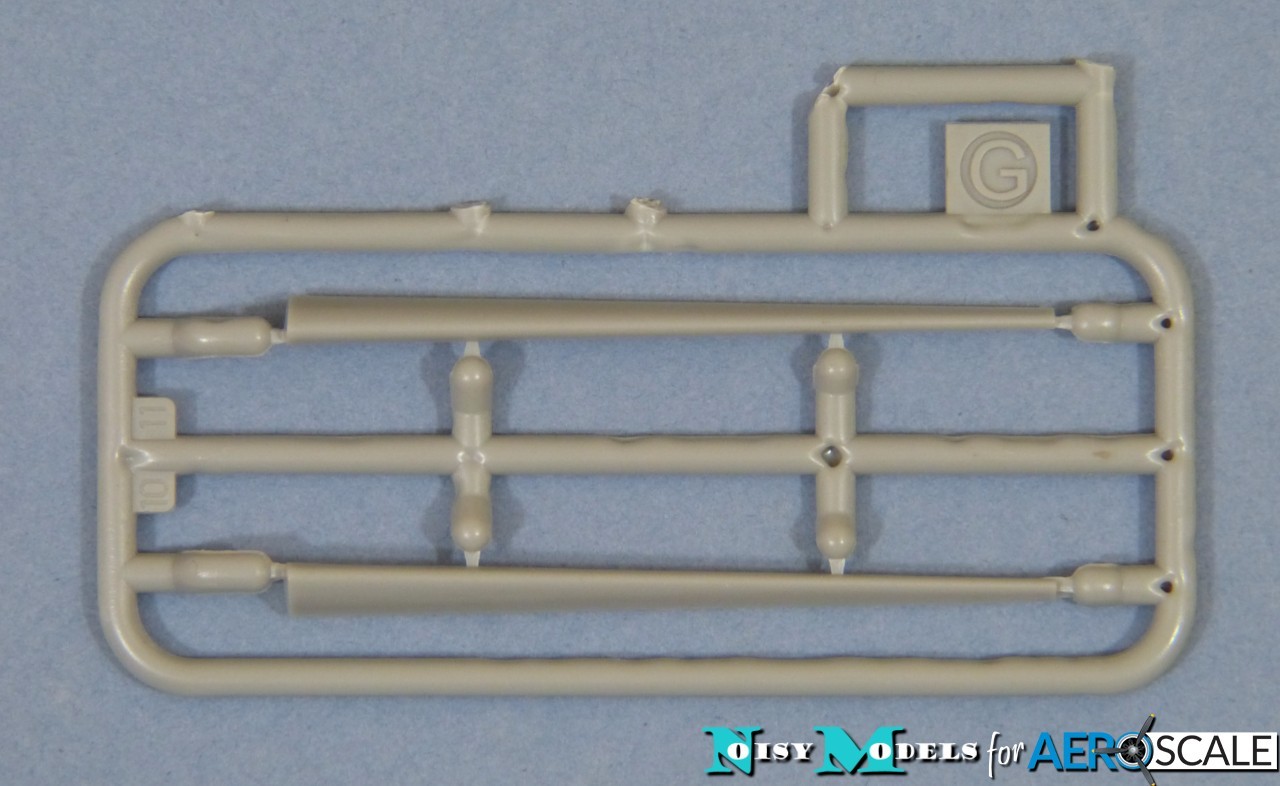

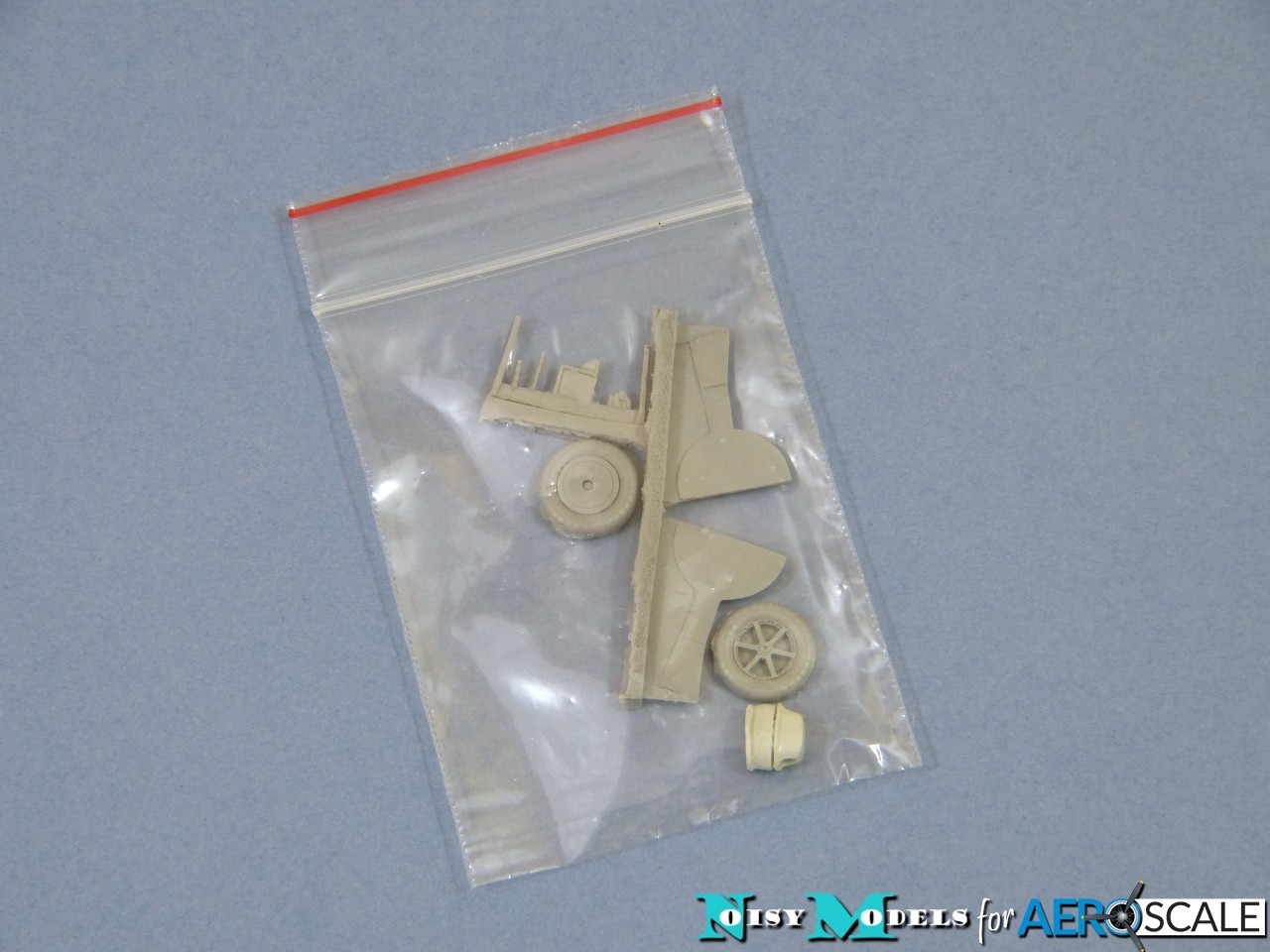
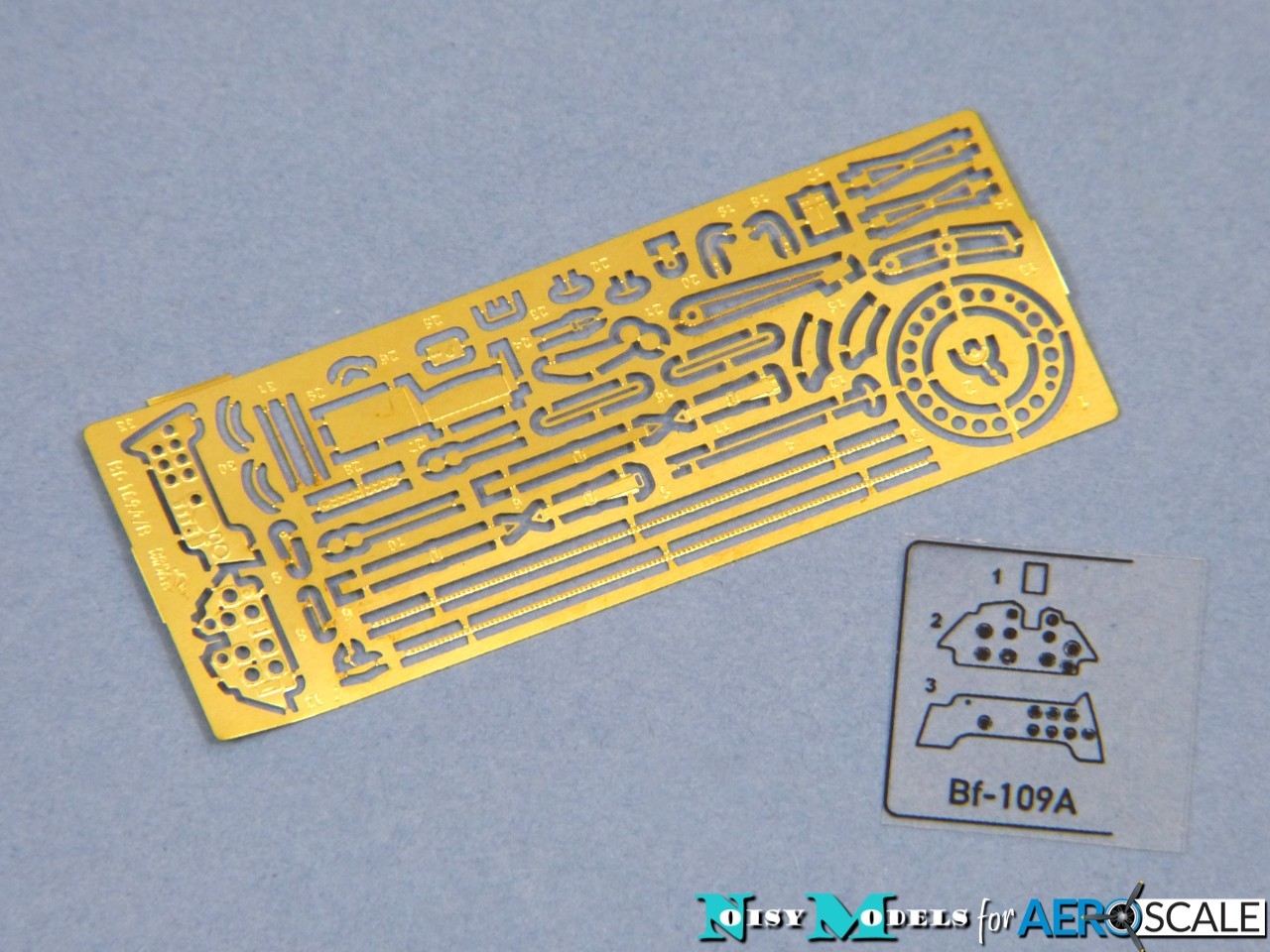
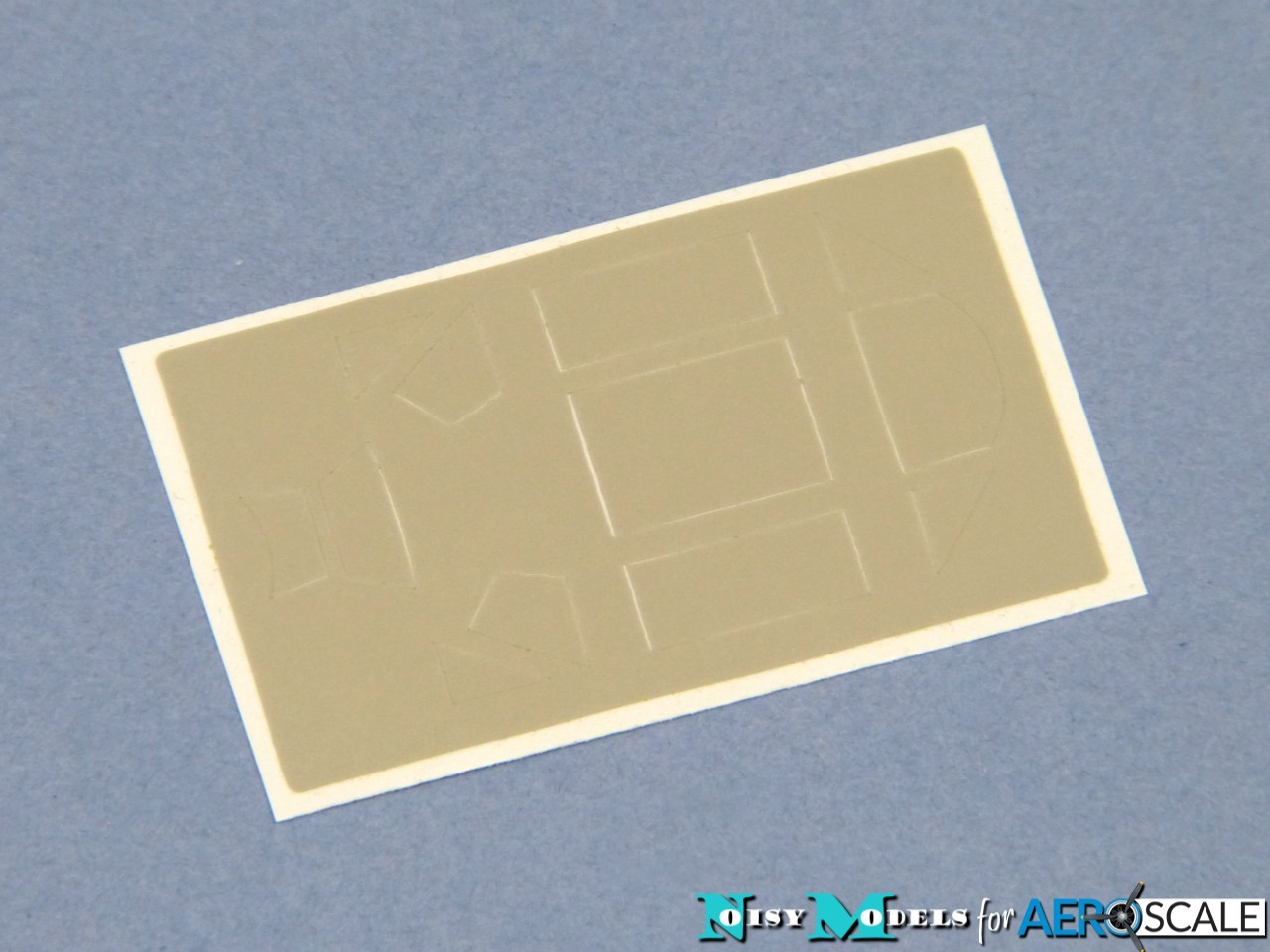
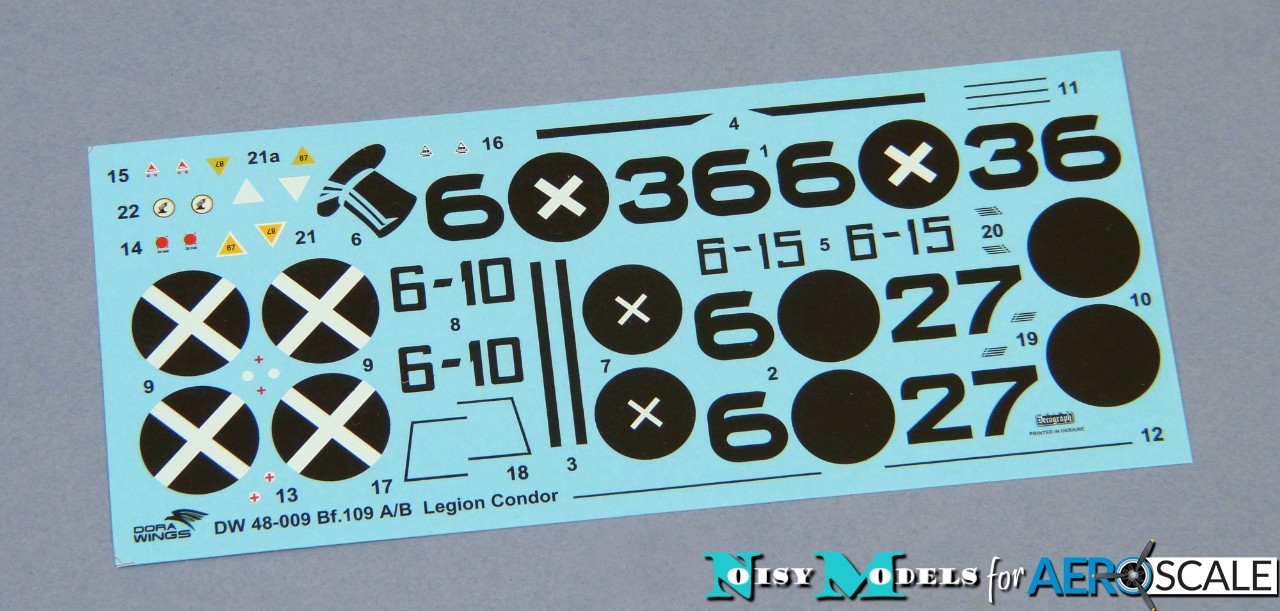
I should stress at the outset that the Bf 109A/B kit isn't in Dora Wings' current catalogue. It's a few years old now and doesn't reflect the company's latest standards in an area of the market which has seen sharp increases in quality and sophistication.
So, the kit is a bit more "limited run" in nature and will accordingly require more preparation than a mainstream model. Nevertheless it's clear the model will offer a very enjoyable challenge for anyone with a bit of experience.
The mouldings are generally clean, but there is a little flash here and there. On the plus side, I couldn't find any sink marks in my kit and, like the previous Dora Wings models I've looked at, there aren't any ejection pin marks to worry about.
The surface finish is smooth with engraved panel lines. I found a couple on the wings that will need a scriber running along them to clean them up, but this will be quick and straightforward. The fabric covered are represented in two ways - rib tapes on the rudder, and subtle hints of the ribs elsewhere.
The sprue attachments are light and often placed so as to keep visible surfaces unblemished. Once they're cleaned off, a test fit of the main parts is very encouraging. The fuselage halves and wings are straight and true, and the fit at the roots is nice and tight. The slots for the tail planes needed opening up a bit in my kit, but with that done the horizontal tail slots in firmly and precisely without cement. The control surfaces, flaps and leading edge slats are all separate.
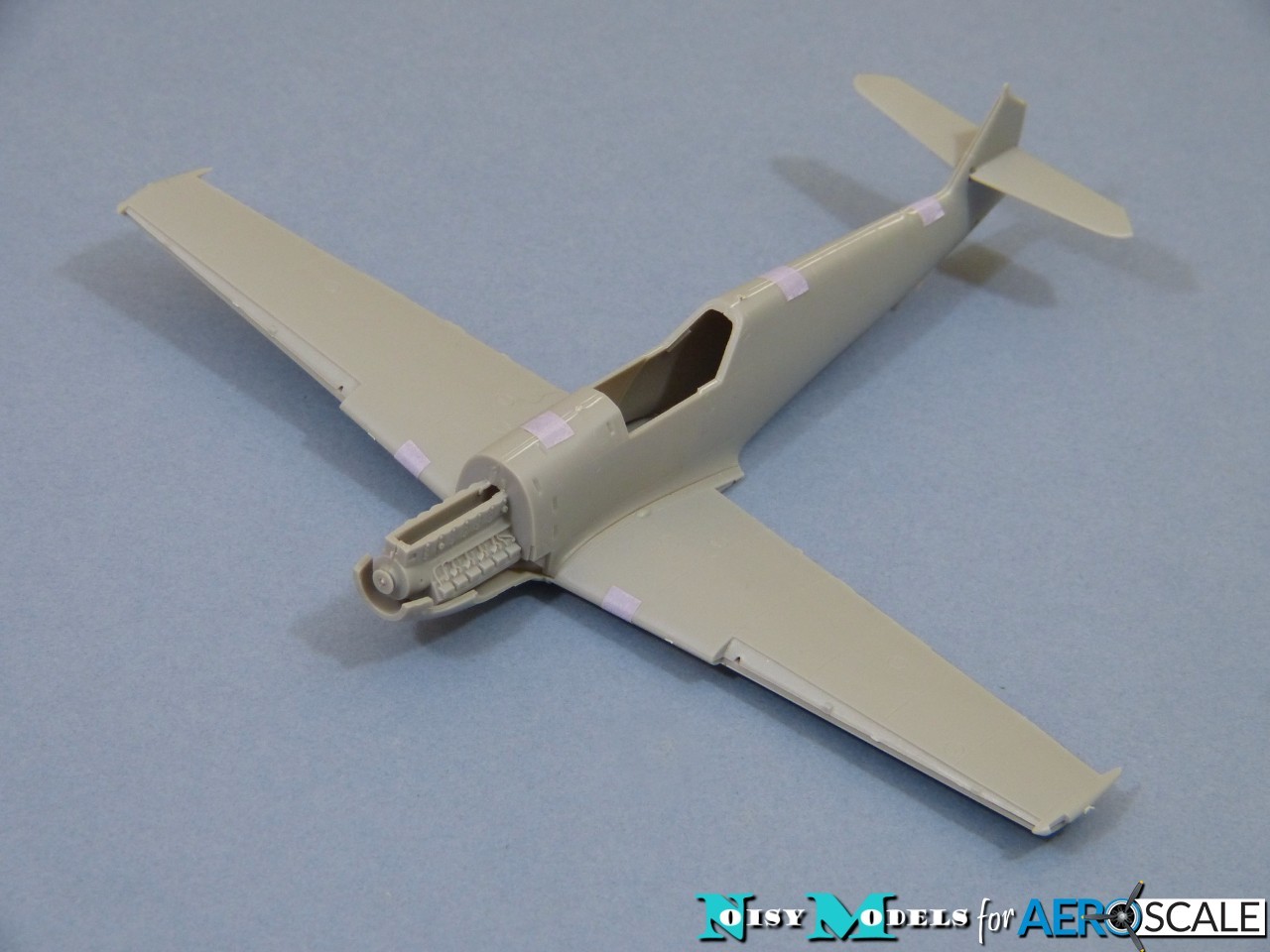
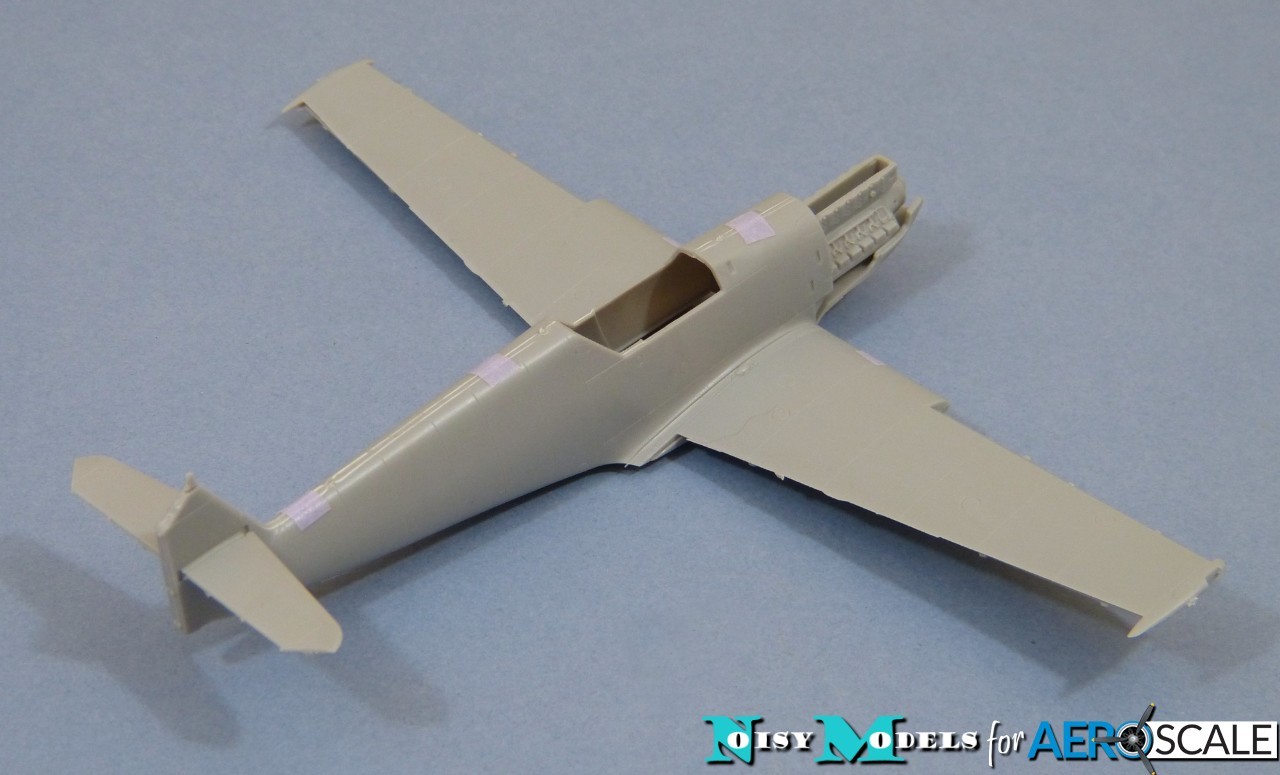
A Few Details
The cockpit is neatly fitted out with a mix of some 40 styrene and photoetched parts. The instrument panel is classic etch/film/styrene sandwich and should look great when assembled. The seat looks a tad narrow across the shoulders to my eyes, but it comes complete with an etched harness. The control column is interesting, because it has a spade-grip. Kenneth Merrick's "German Aircraft Interiors 1935-1946 Vol. 1" shows this for the prototype, but a different style (more akin to later '109s) for production machines.

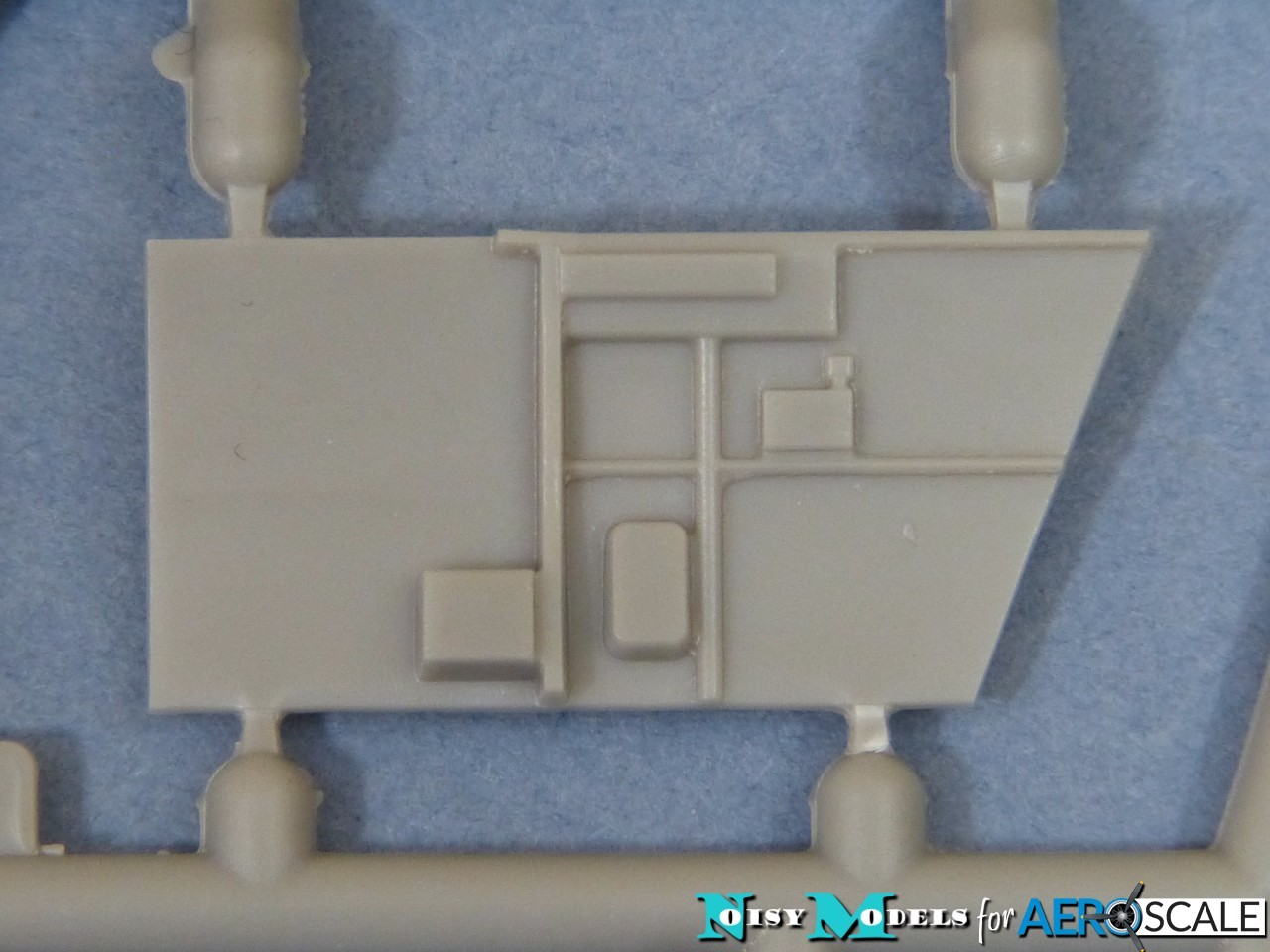

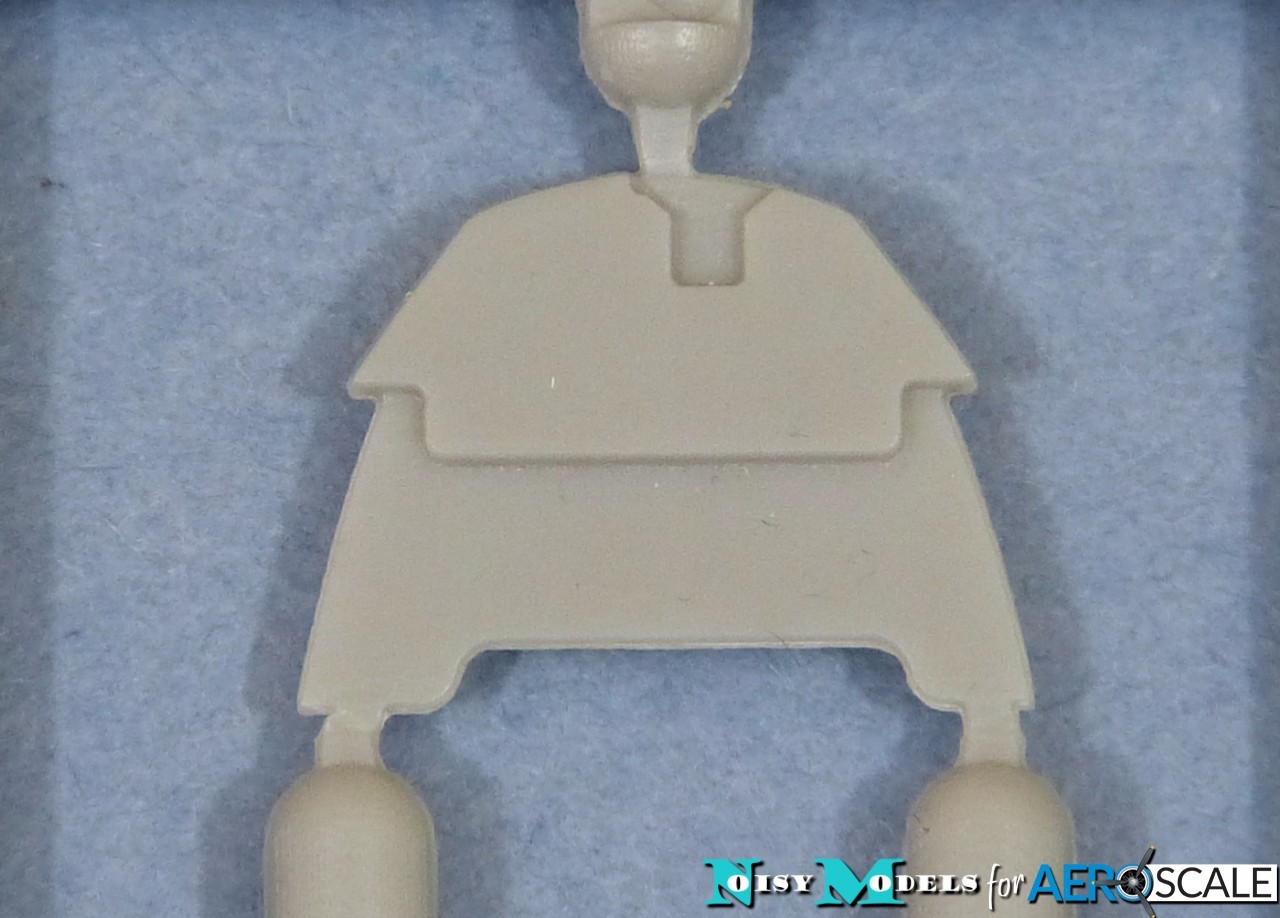

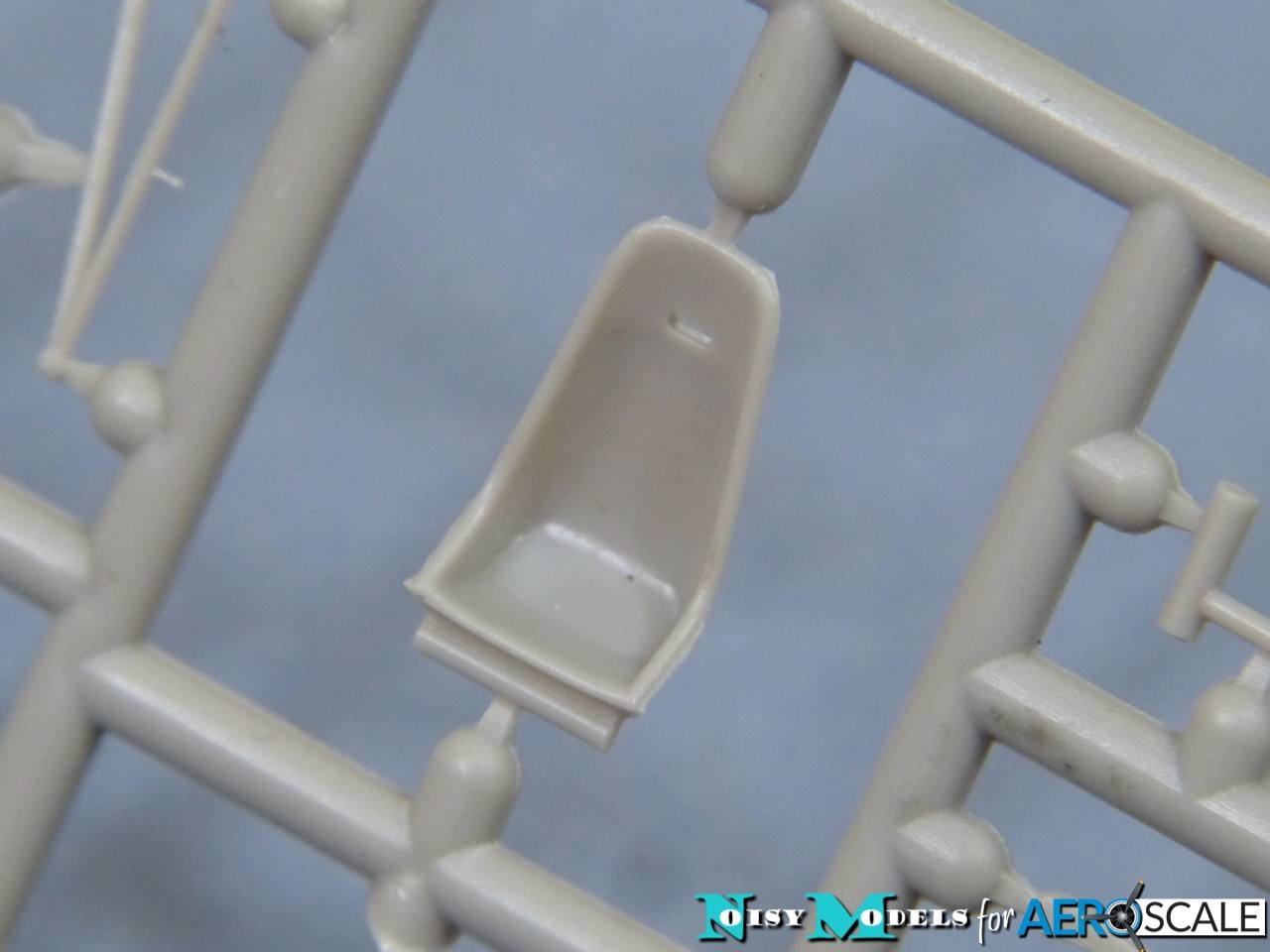
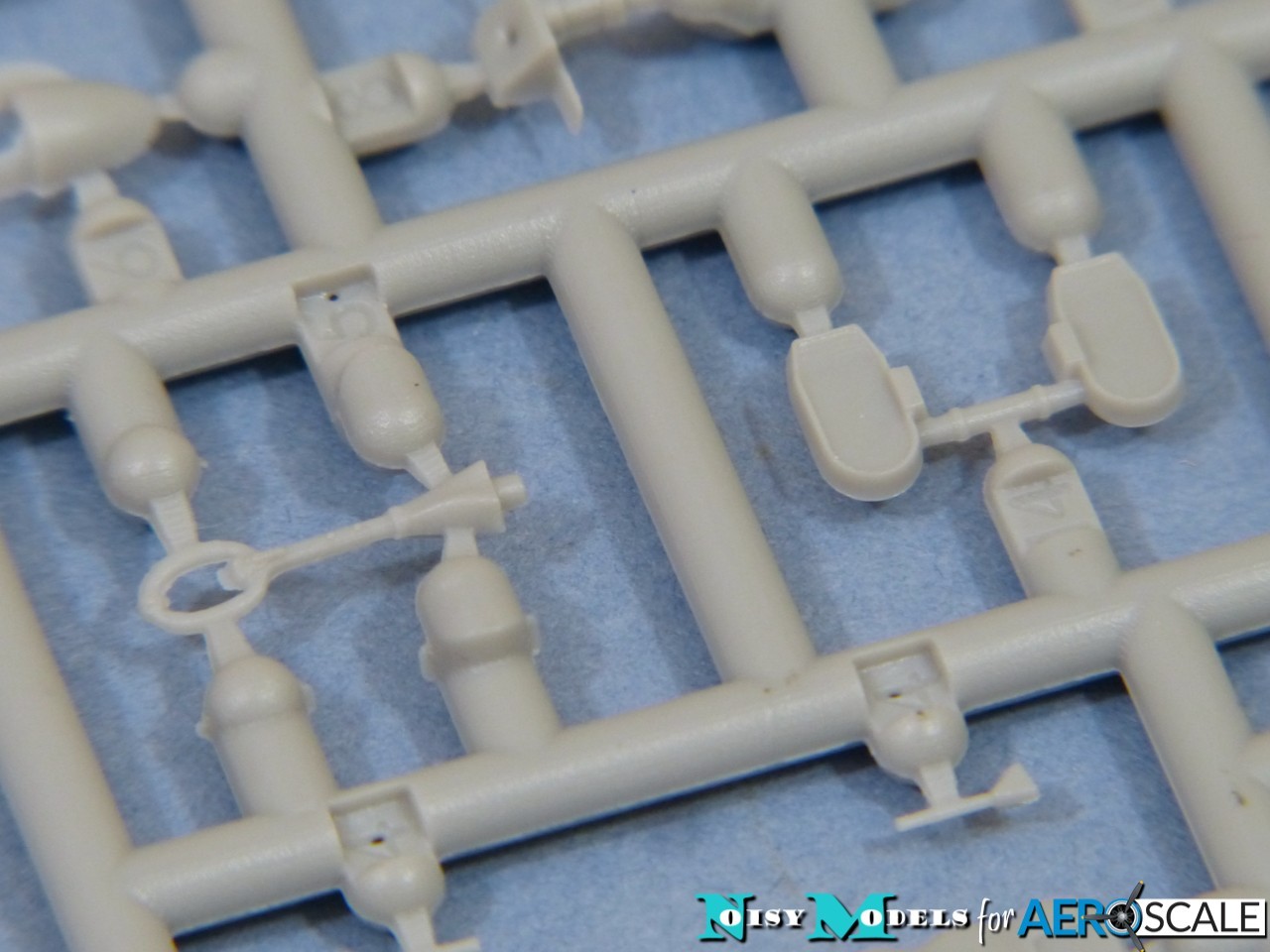
The undercarriage features resin wheels which have crisply defined hubs and treads. Etched oleo scissors attach to the main gear legs, while the tailwheel fork is split to accept the wheel. The main undercarriage bays have separate inserts and rib detail moulded inside. There's a choice of mainwheel covers - resin for the 'A and styrene for the 'B.
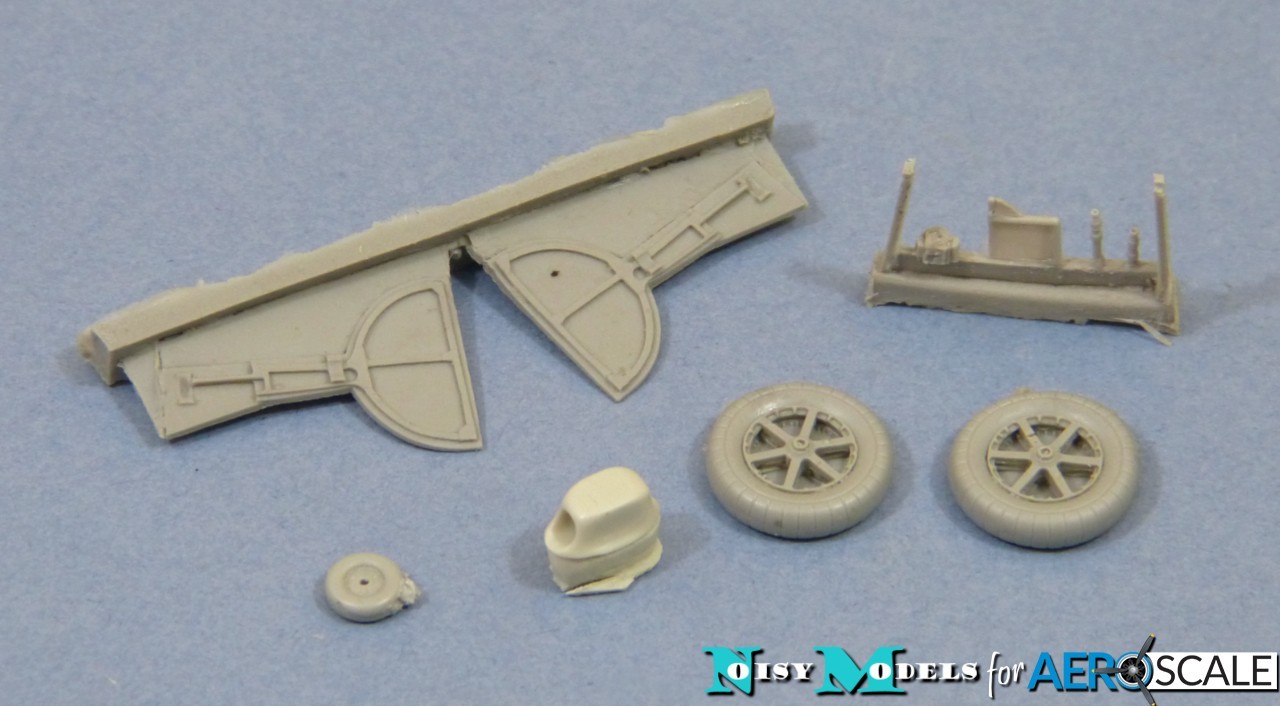
The kit is unusual in having an integrally moulded engine, and this is nicely detailed with 10 parts to add to the basic crankcase. I've got to say I won't try to display it, though, because the area behind the engine is blanked off and it would take considerable work to open it up convincingly. I also suspect the completed engine might interfere with the fit of the cowling, so I'll just use the basic integral block to keep everything lined up correctly.

The 2-blade wooden propeller comes with a choice of spinner caps, open for the engine-mounted machine gun on the Bf 109B.
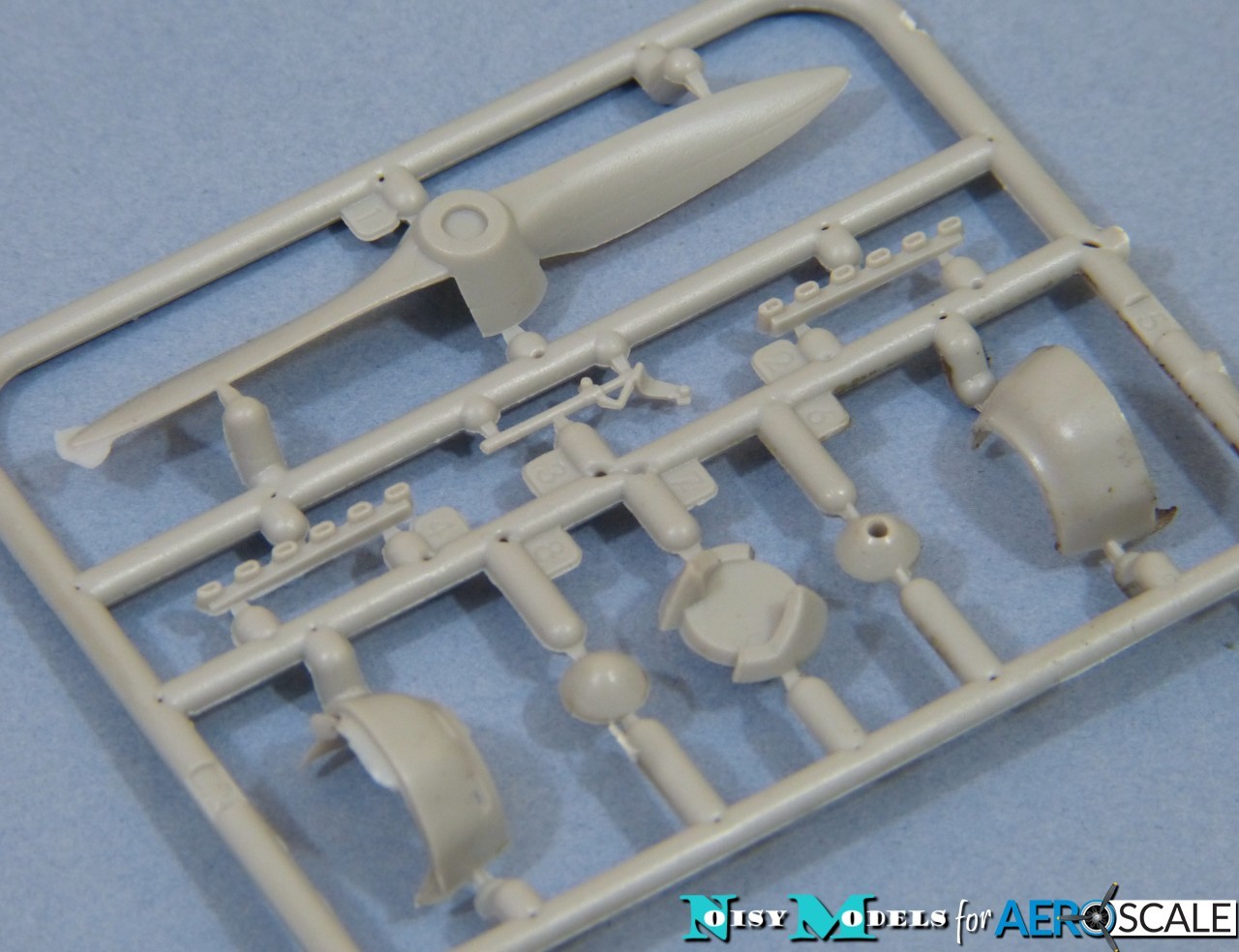
The canopy can be displayed open and Dora Wings provide etched latches and grab handles. The inclusion of painting masks is very welcome, and a very novel touch is that one of the reflectors for the Revi gunsight is actually moulded on the inside of the windscreen. When combined with the second, cut out from the clear film provided, it should look very effective.
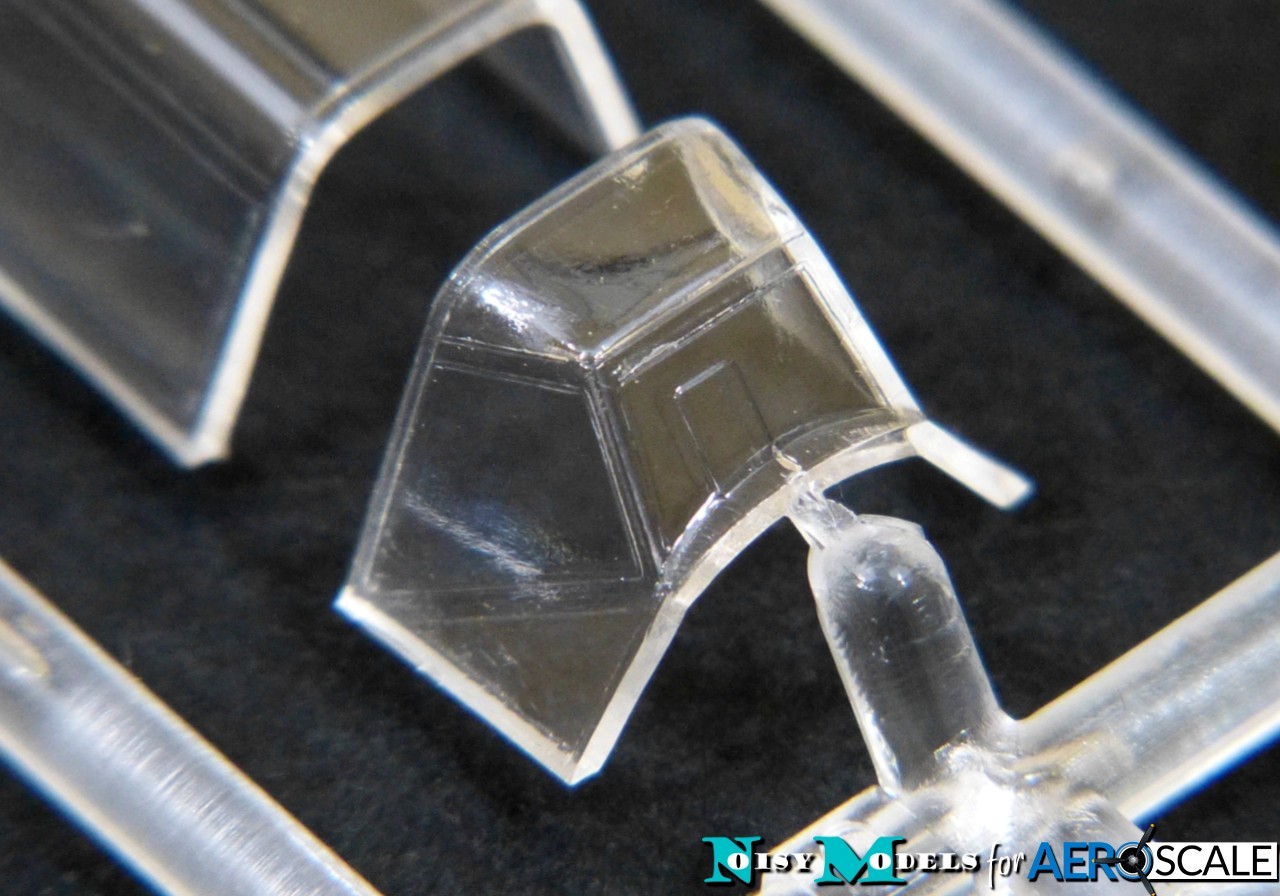
Final touches are resin muzzles for the nose-mounted machine guns and an optional starting crank.
Instructions & Decals
Dora Wings provide a neatly produced 8-page assembly guide that's printed in colour on glossy stock. The illustrations are quite clear, but the sequence tends to dart about somewhat. This won't worry experienced modellers, who will no doubt plan the assembly to suit their own style.
RLM colour matches are given for exterior painting.

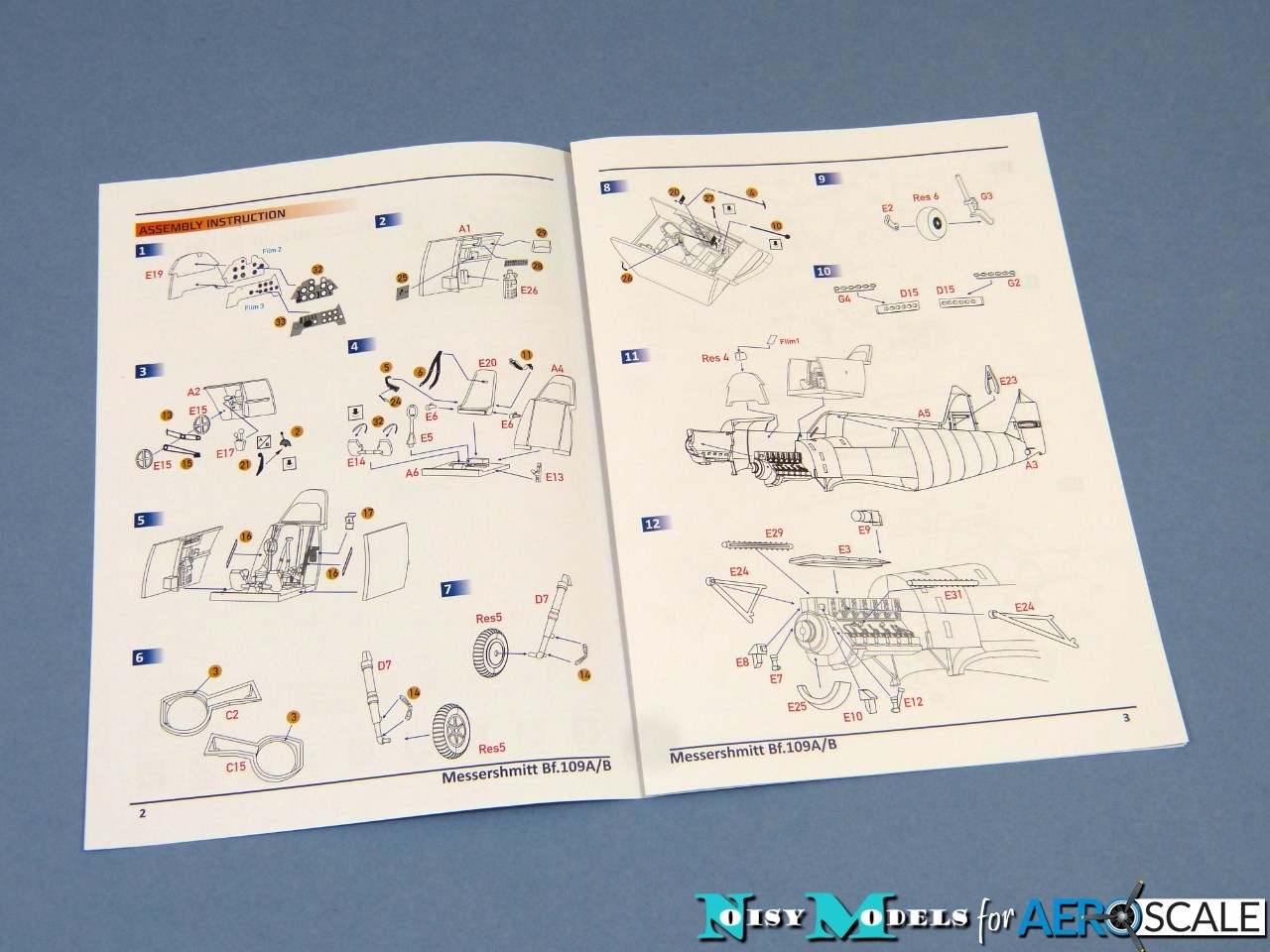
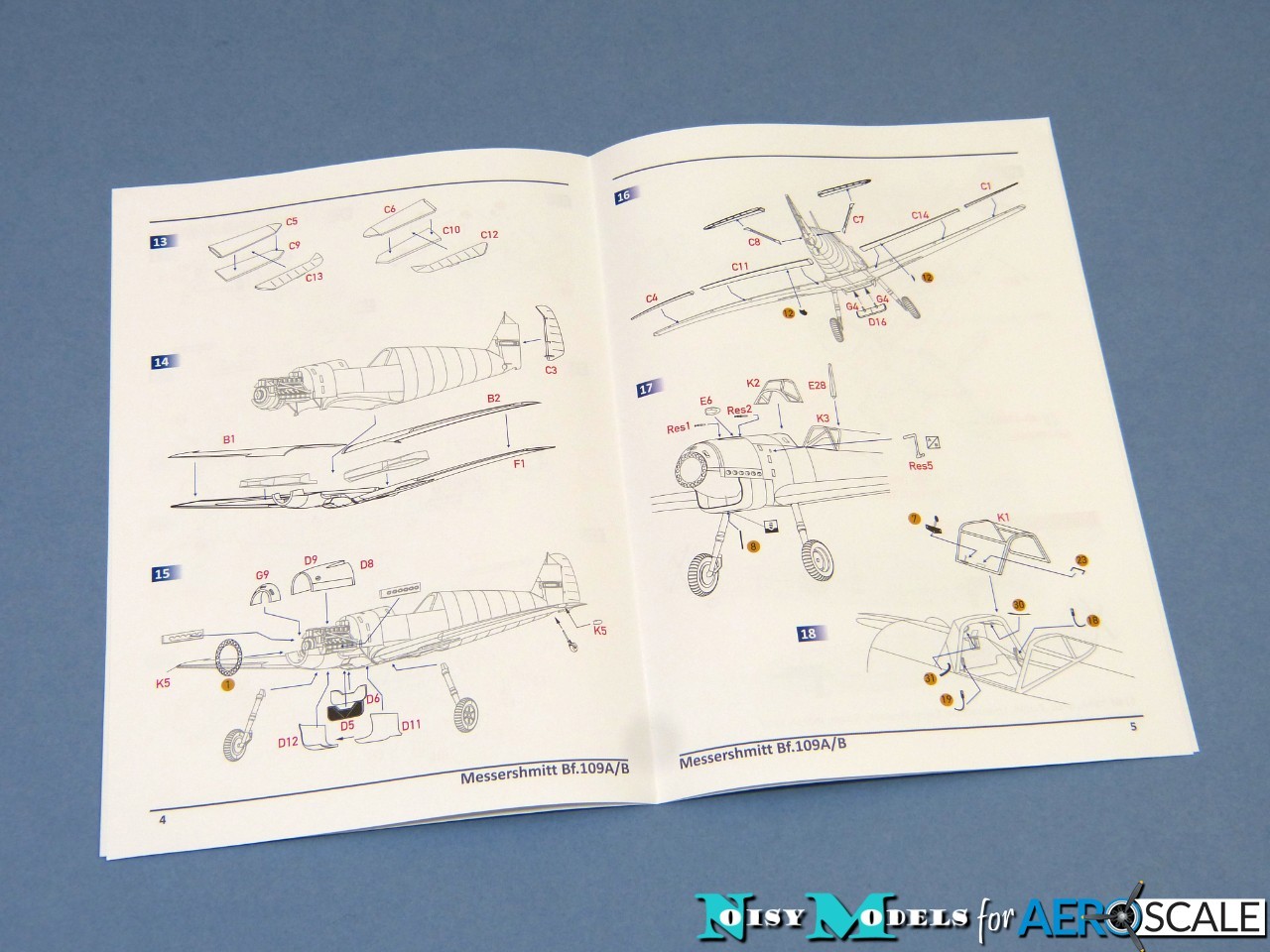
Decals are included for 4 colour schemes, all sporting Condor Legion markings:
1. Bf 109A, 6-10, 2.J/88, flown by Unteroffizier Ernst Mratzek, March 1937
2. Bf 109A, 6-15, 2.J/88, 1937
2. Bf 109B-2, 6-27, 1.J/88, 1938
4. Bf 109B-2, 6-36, 1.J/88, flown by Oblt. H. Harder, September 1938
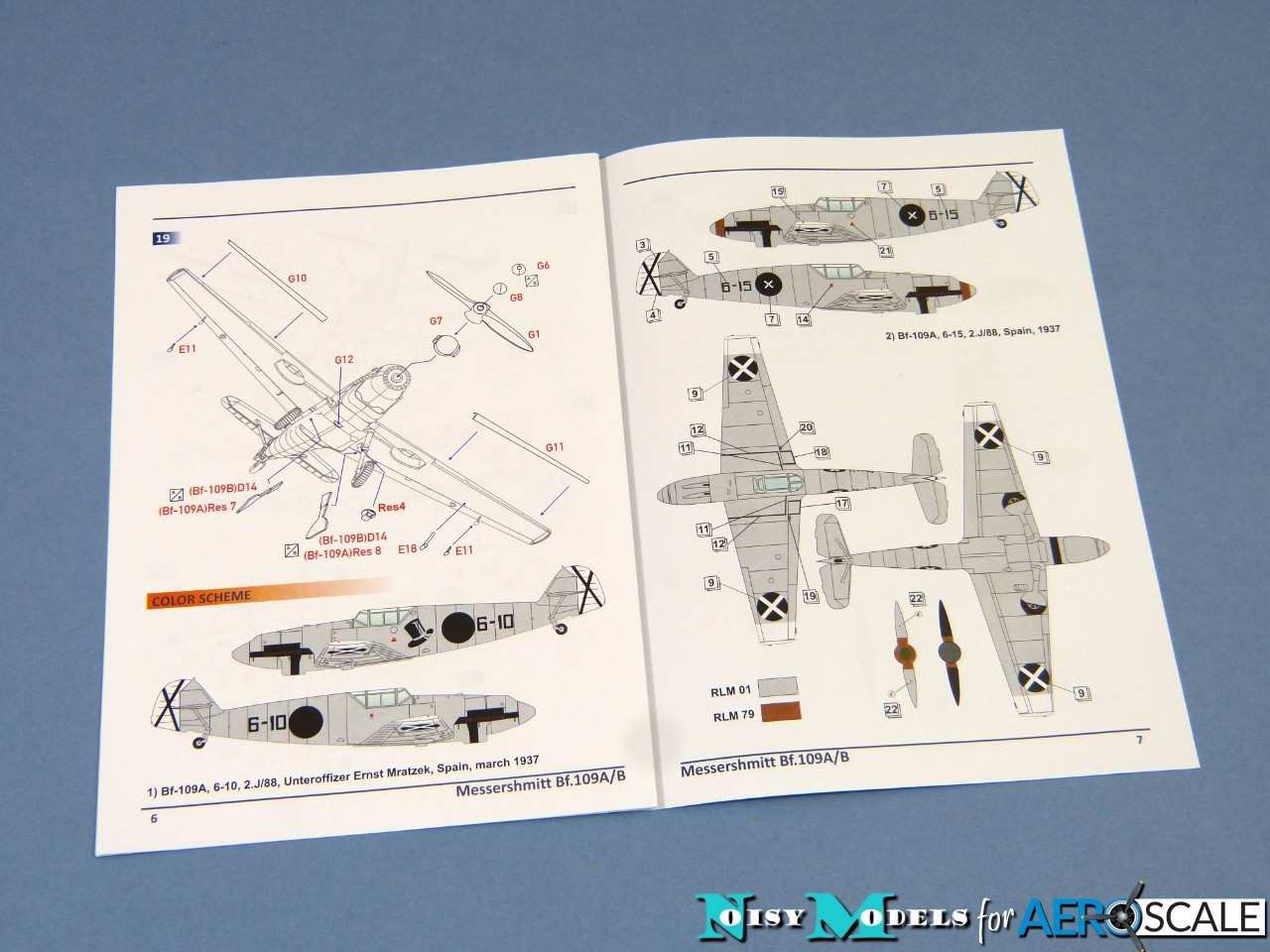
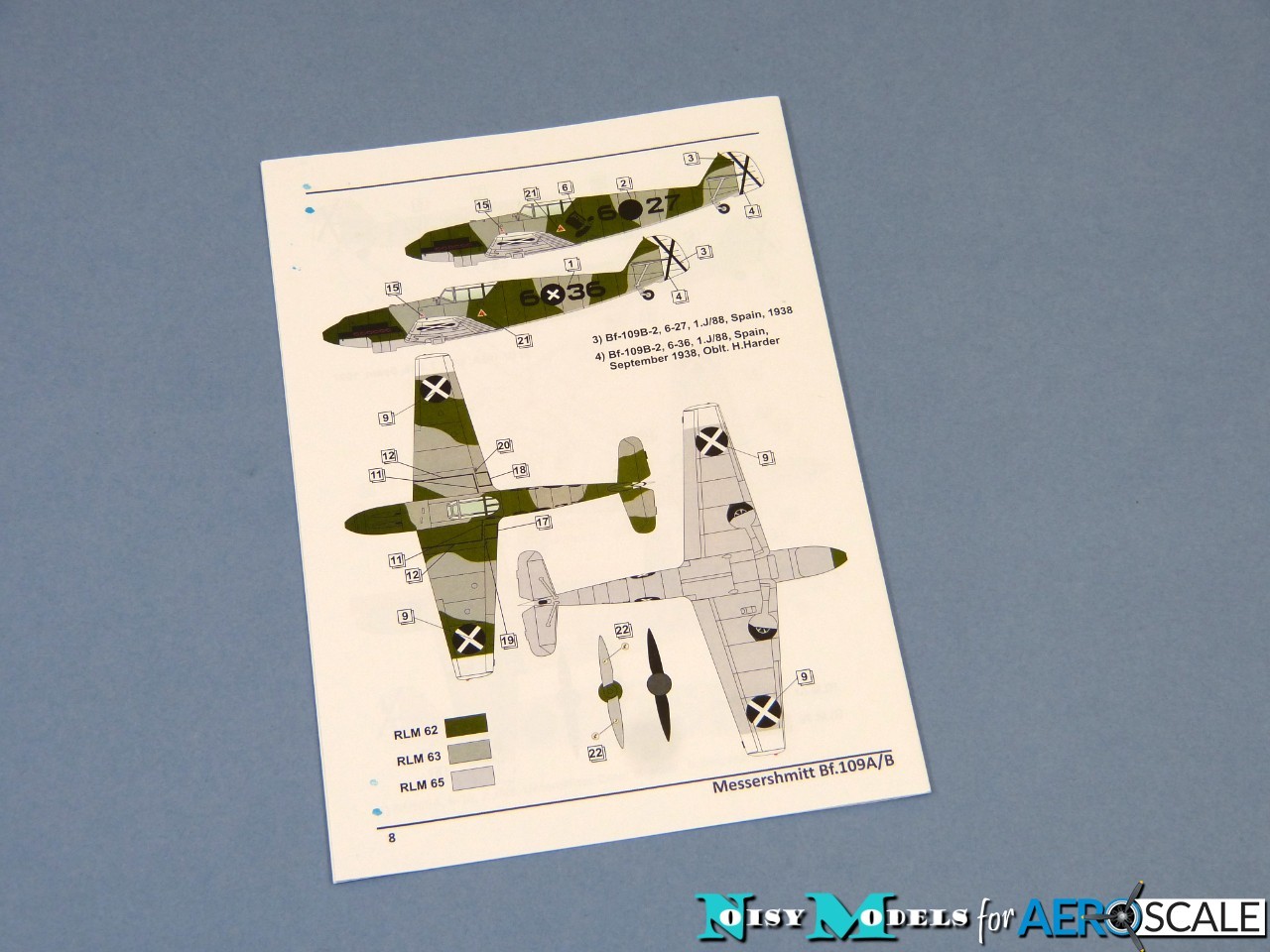
The decals by Decograph look very good quality - thin and glossy, with crisp registration. A very nice touch is the inclusion of fuel octane and first aid kit markings split into separate layers to allow extra precision if needed.
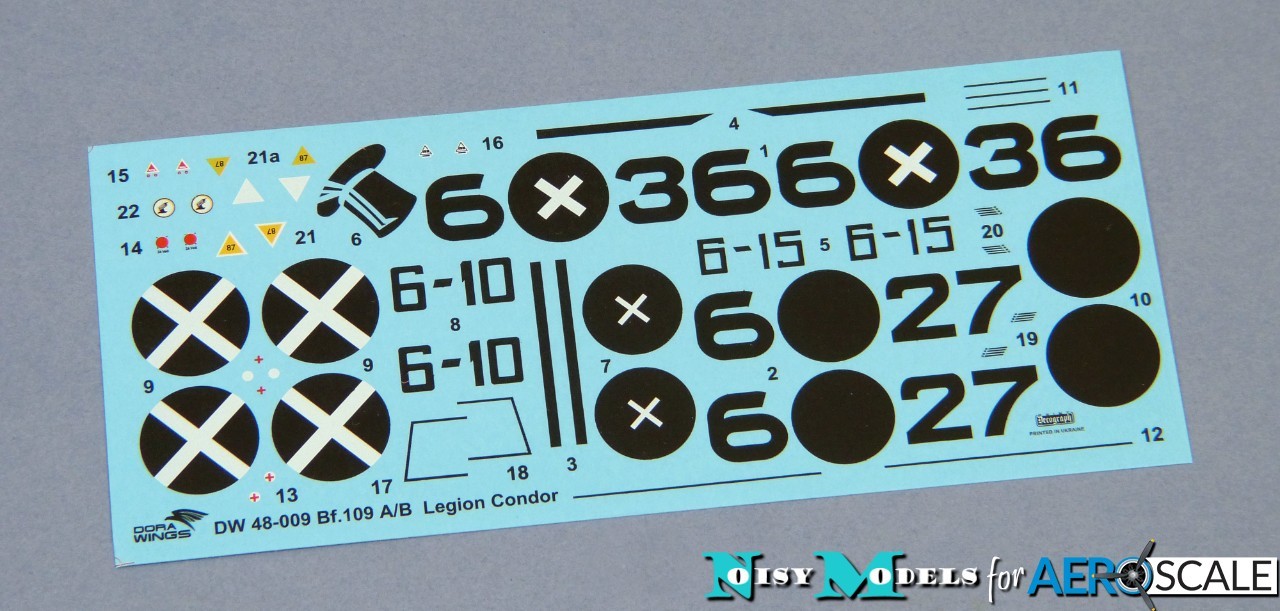
Conclusion
Dora Wings' Bf 109A/B is well worth tracking down if you're a fan of Messerschmitt's legendary fighter and have a bit of experience building kits produced with limited run technology. It definitely warrants inclusion in any line-up of 1:48 '109s or Spanish Civil War aircraft.
I bought my kit from Scale Model Shop for £23.95, which represents good value for what promises to be a very enjoyable build.
Please remember, when contacting retailers or manufacturers, to mention that you saw their products highlighted here - on AEROSCALE


















